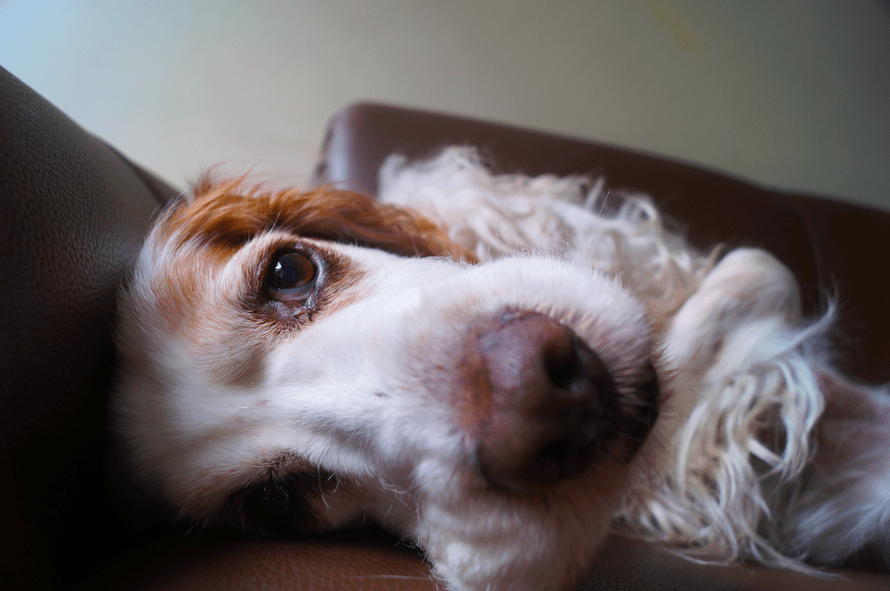What To Put In Your Pet’s First Aid Kit?
Accidents and injuries are a part of life, an unfortunately just as likely to happen to your cat or dog as they are to any humans in your family. By having a basic pet first aid kit in your home you can help be prepared for any minor emergencies or incidents involving your pets that may require home medical attention. If you are a dog owner that travels with your pet, or drives to parks and walking location with him, then it would also be prudent to have a first aid kit in your car, should any emergencies arise when you are outside of the house.
What do I need to include?
You will probably be very familiar with most of the things that you should incorporate into your pet first aid kit, as they contain many of the same things that you would expect to find in one for a human!
You should expect to include:
A spare leash – in case your pet is able to walk between your car/home/veterinary surgery.
A blanket – to cover your pet if he is cold. Can also be used as a stretcher in case your pet is unable to stand or walk.
Muzzle – your pet may be distressed and lash out unintentionally. If your pet is vomiting, under no circumstances should you cover his head.
Gloves – a pair of surgical gloves will help to reduce any chance of contamination passing between you and any open wounds your pet may have.
Scissors and tweezers – scissors will allow you to cut any gauze or cloth, as well as cut any fur away from the wound. Tweezers will be useful in removingany foreign objects that may become embedded in your pet such as thorns or ticks.
Digital thermometer – this will need to be a specialist pet thermometer as the temperature scales of regular thermometer don’t go high enough. Remember that to get an accurate temperature reading, you must insert the thermometer rectally and not orally.
Eye dropper – to allow you to administer oral treatments or flush foreign objects from eyes or wounds.
Non-stick bandages, towels or sections of cloth – you can even cut tightly woven fabric cloth into strips to use. These can be used to staunch the flow of blood or to wrap and protect wounds.
Adhesive tape – to secure bandages. Please not, you should never use Band-Aids® or similar products on animals.
Gauze – to wrap wounds. Can also be used as a makeshift muzzle in an emergency.
Hydrogen Peroxide 3% solution – this should only be used after getting advice from your veterinarian’s office or a pet poison helpline, as it will induce vomiting.
Milk of Magnesia/Activated Charcoal solution – again this should only be used after getting advice from your veterinarian’s office or a pet poison helpline. It helps to absorb poison.
Sterile saline wash – this can be used to flush out anything that may be in the eyes as well as clean wounds.
As well as the practical contents listed above, it is also highly advisable to keep some information in your first aid kit. This should include:
- A copy of your pet’s medical records. This is useful in case you are away from home and need to visit a veterinarian who is unfamiliar with yourpet.
- Details of your pet’s current medications and dosages. Again, this is useful if you are visiting a different veterinarian than usual.
- Contact details for your usual veterinarian including the number and address for the out-of- hours service.
- Contact details for your nearest or a national pet poison helpline.
With a well-stocked first aid kit and a calm, controlled manner, you will be well equipped to deal with any minor medical emergencies that may affect your pet. Don’t forget, if you think your pet may be suffering from something beyond home assistance, don’t wait and contact your veterinarian immediately.

